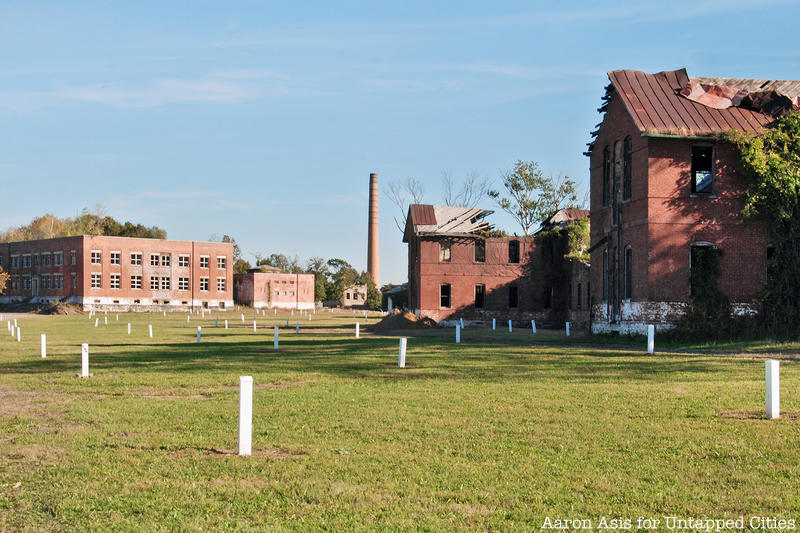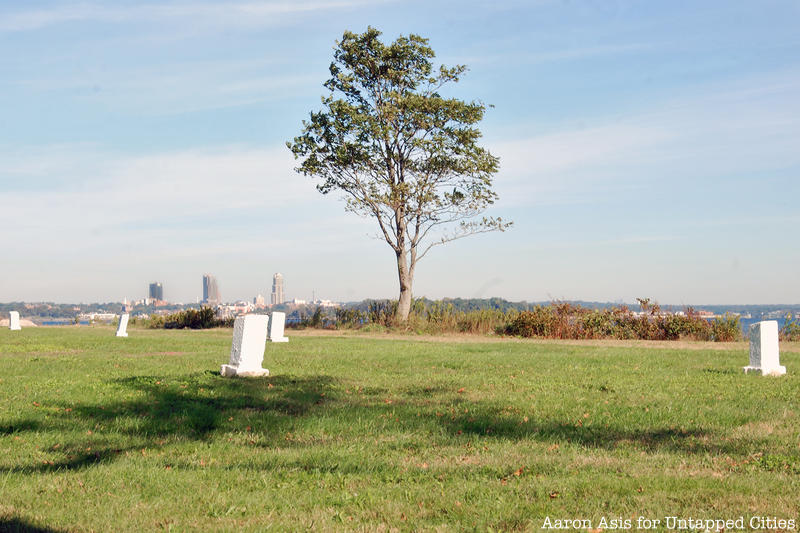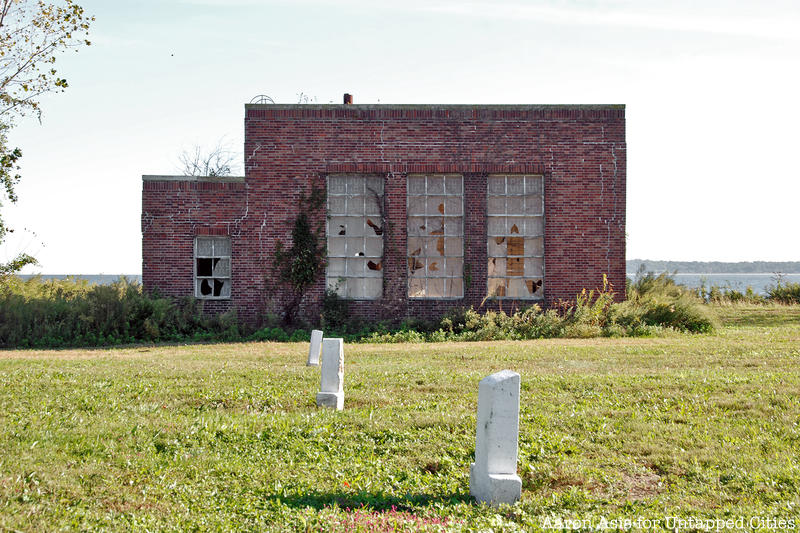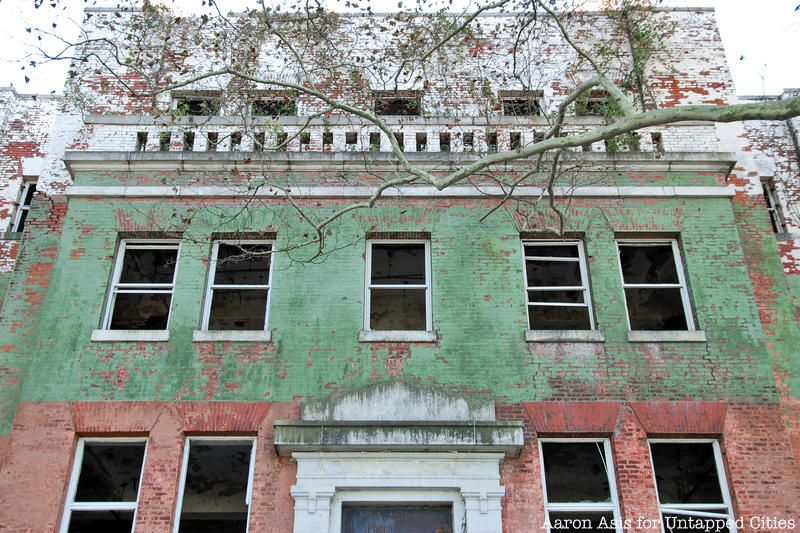
Last week we uncovered some of New York City’s former cemeteries that are now populated with park-goers and hotel residents. This week, we’re taking a closer look at a cemetery that rarely receives any visitors. Located in the western Long Island Sound, Hart Island lies in close proximity to the Bronx–yet it is often unheard and unspoken of. As reported by Narratively, the island doesn’t appear on the MTA Subway Map or the Department of Transportation’s bicycle map. The 101-acre island serves as a separate burial ground, the city’s last potter’s field, for those who are either unclaimed or whose families couldn’t afford a funeral. The island is uninhabited today, but more than 1,000,000 dead have been buried there since 1869, making it the largest tax-funded cemetery in the world.
Even so, there are some “notable” people buried at Hart Island, discovered after. Bobby Driscoll, the Disney child actor is buried there. He was the voice of Peter Pan in the animated film and stared in Disney’s Song of the South. He died unknown, thought to be homeless, so was taken here. The grave of the first child to die of AIDS is also on Hart Island.
The history of Hart Island dates back to the mid-1800s, and reveals an intriguing past that extends far beyond the island’s current purpose as a public burial ground. Like North Brother Island and Rikers Island, Hart Island was often associated with society’s “unwanted.” The strip of land was first used as a prison camp for Confederate soldiers during the Civil War. After the war, New York City purchased the island in 1869 and began using it as a cemetery; right after the first civilian burial of Louisa Van Slyke took place. From the time of the Civil War until World War II, other uses for the island included:
- A prison workhouse for delinquent boys
- A women’s insane asylum
- An isolation zone during the yellow fever epidemic
- A old men’s home
- A tuberculosis hospital
- A reformatory
Photographer Jacob Riis chose Hart Island for his very first photograph, in 1891 and described the place in his famous book, How The Other Half Lives. At the time, he estimated that one in ten New Yorkers were buried on Hart Island. On the 100th Anniversary of Riis’ first photograph, Melinda Hunt of The Hart Island Project and photographer Joel Sternfeld photographed the island using the same 8×10 format Riis used. At the time, Hart Island was used as an overflow facility for Rikers Island and inmates performed daily burials in the morning.

During World World War II, Hart Island was handed over to the Navy to use as disciplinary barracks, but soon after it was returned to the Department of Correction in 1946 after the war ended. The reformatory prison system resumed activity until the island was transformed into a site for a narcotics rehabilitation center in 1966. This lasted until 1976, by which the Community Mental Health Centers Act had replaced a large number of institutions with less isolated community clinics. The Department of Correction took control of Hart Island once again, and made a final attempt to operate a small prisoner contingent in 1982 until the program was terminated due to the lack of convicts.

From the 1990’s until now, Hart Island is an area purely dedicated to burials. Inmates from Rikers Island are ferried over on weekdays to perform the burials, disinterments and maintenance tasks. Every year, an average of 2000 burials are conducted, and about one third of them are infants and stillborn babies. Despite the island being a public burial ground, the Department of Correction has prohibited people from accessing Hart Island, with the exception of family members of those buried in the cemetery. But even so, families of the deceased are overwhelmed with red tape when attempting to arrange a visit.

According to Melinda Hunt of The Hart Island Project, New York City is the only municipality that demands people to provide a death certificate before visiting the public cemetery. Visits are limited to one day a month, there’s no map of the burials, and no one is permitted to visit a specific grave. The Hart Island Project is a non-profit dedicated making Hart Island visible and accessible, “so that no one is omitted from history.”
In late 2012, the City Council was met with Intro848, a bill that would make Hart Island a more open and accessible place by placing it under the jurisdiction of the Parks Department. However, the council has not taken up the bill yet.
The Hart Island Project has an archive of photos, including vintage ones by Jacob Riis,
For more information and photos, check out The Hart Island Project. Melinda Hunt will be giving a talk at the Museum of the City of New York on Wednesday about Hart Island. The Kingston Lounge is a blog on historic modern ruins by historian and photographer Ian Ference, click here for more photos.





